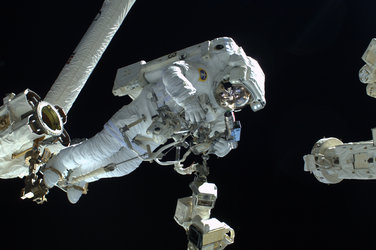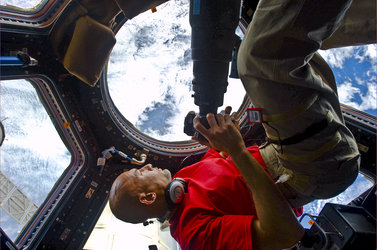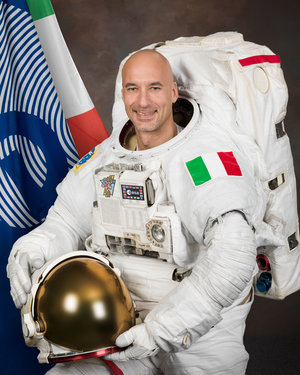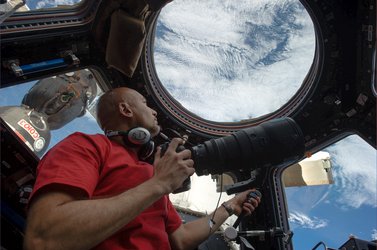Accept all cookies Accept only essential cookies See our Cookie Notice

About ESA
The European Space Agency (ESA) is Europe’s gateway to space. Its mission is to shape the development of Europe’s space capability and ensure that investment in space continues to deliver benefits to the citizens of Europe and the world.
Highlights
ESA - United space in Europe
This is ESA ESA facts Member States & Cooperating States Funding Director General Top management For Member State Delegations European vision European Space Policy ESA & EU Space Councils Responsibility & Sustainability Annual Report Calendar of meetings Corporate newsEstablishments & sites
ESA Headquarters ESA ESTEC ESA ESOC ESA ESRIN ESA EAC ESA ESAC Europe's Spaceport ESA ESEC ESA ECSAT Brussels Office Washington OfficeWorking with ESA
Business with ESA ESA Commercialisation Gateway Law at ESA Careers Cyber resilience at ESA IT at ESA Newsroom Partnerships Merchandising Licence Education Open Space Innovation Platform Integrity and Reporting Administrative Tribunal Health and SafetyMore about ESA
History ESA Historical Archives Exhibitions Publications Art & Culture ESA Merchandise Kids Diversity ESA Brand Centre ESA ChampionsLatest
Space in Member States
Find out more about space activities in our 23 Member States, and understand how ESA works together with their national agencies, institutions and organisations.
Science & Exploration
Exploring our Solar System and unlocking the secrets of the Universe
Go to topicAstronauts
Missions
Juice Euclid Webb Solar Orbiter BepiColombo Gaia ExoMars Cheops Exoplanet missions More missionsActivities
International Space Station Orion service module Gateway Concordia Caves & Pangaea BenefitsLatest
Space Safety
Protecting life and infrastructure on Earth and in orbit
Go to topicAsteroids
Asteroids and Planetary Defence Asteroid danger explained Flyeye telescope: asteroid detection Hera mission: asteroid deflection Near-Earth Object Coordination CentreSpace junk
About space debris Space debris by the numbers Space Environment Report In space refuelling, refurbishing and removingSafety from space
Clean Space ecodesign Zero Debris Technologies Space for Earth Supporting Sustainable DevelopmentLatest
Applications
Using space to benefit citizens and meet future challenges on Earth
Go to topicObserving the Earth
Observing the Earth Future EO Copernicus Meteorology Space for our climate Satellite missionsCommercialisation
ESA Commercialisation Gateway Open Space Innovation Platform Business Incubation ESA Space SolutionsLatest
Enabling & Support
Making space accessible and developing the technologies for the future
Go to topicBuilding missions
Space Engineering and Technology Test centre Laboratories Concurrent Design Facility Preparing for the future Shaping the Future Discovery and Preparation Advanced Concepts TeamSpace transportation
Space Transportation Ariane Vega Space Rider Future space transportation Boost! Europe's Spaceport Launches from Europe's Spaceport from 2012Latest

Spatial senses
Thank you for liking
You have already liked this page, you can only like it once!
Usually associated with video games, virtual reality is an immersive technology that simulates physical presence and interaction.
Today astronauts use computer simulations to help prepare for life on the International Space Station, practising spacewalks and operating equipment in microgravity – all while never leaving the ground.
ESA astronaut Luca Parmitano is hard at work preparing for his Beyond mission. In this image, Luca is navigating through a computer-generated environment to learn the route he might take outside the Space Station on a spacewalk, helping him to take decisions and act more quickly during the actual spacewalk. The training facility is part of Virtual Reality Laboratory at NASA’s Johnson Space Center in Houston, USA.
Luca is also getting reacquainted – Luca flew to the Space Station in 2013 – with safety procedures, robotic operations and learning about the experiments he will conduct in the orbital outpost.
He will be launched for his six-month stay aboard the International Space Station in July as part of Expedition 60/61, alongside NASA astronaut Andrew Morgan and Roscosmos cosmonaut Alexander Skvortsov.
International cooperation in human spaceflight does not only take place on the Space Station but begins well before, during training. Astronauts prepare not only at NASA’s Johnson Space Center but also at Star City near Moscow, and of course at the European Astronaut Centre in Cologne, Germany.
Luca will serve as Space Station commander during the second half of his mission. This will be the third time a European astronaut has held this leadership role, but the first time by an Italian astronaut.
How does Luca plan to take on this exciting yet challenging responsibility?
“I see myself as a facilitator. My goal will be to put everybody in the condition to perform to the best of their capability,” he says.
-
CREDIT
NASA -
LICENCE
ESA Standard Licence

Luca spacewalker

Luca waits for a photo opportunity

Luca with Biolab

Luca Parmitano EMU















 Germany
Germany
 Austria
Austria
 Belgium
Belgium
 Denmark
Denmark
 Spain
Spain
 Estonia
Estonia
 Finland
Finland
 France
France
 Greece
Greece
 Hungary
Hungary
 Ireland
Ireland
 Italy
Italy
 Luxembourg
Luxembourg
 Norway
Norway
 The Netherlands
The Netherlands
 Poland
Poland
 Portugal
Portugal
 Czechia
Czechia
 Romania
Romania
 United Kingdom
United Kingdom
 Slovenia
Slovenia
 Sweden
Sweden
 Switzerland
Switzerland

























